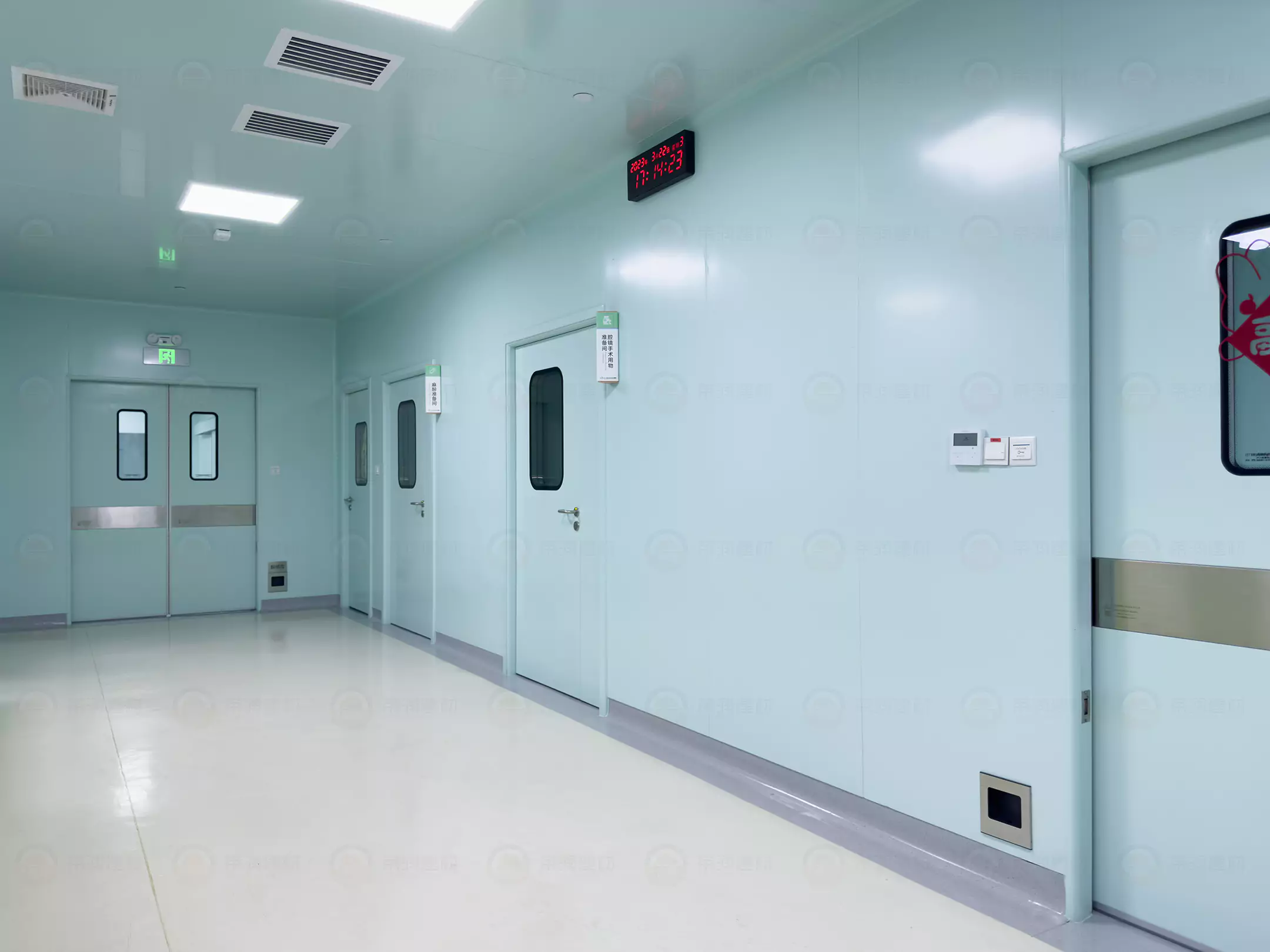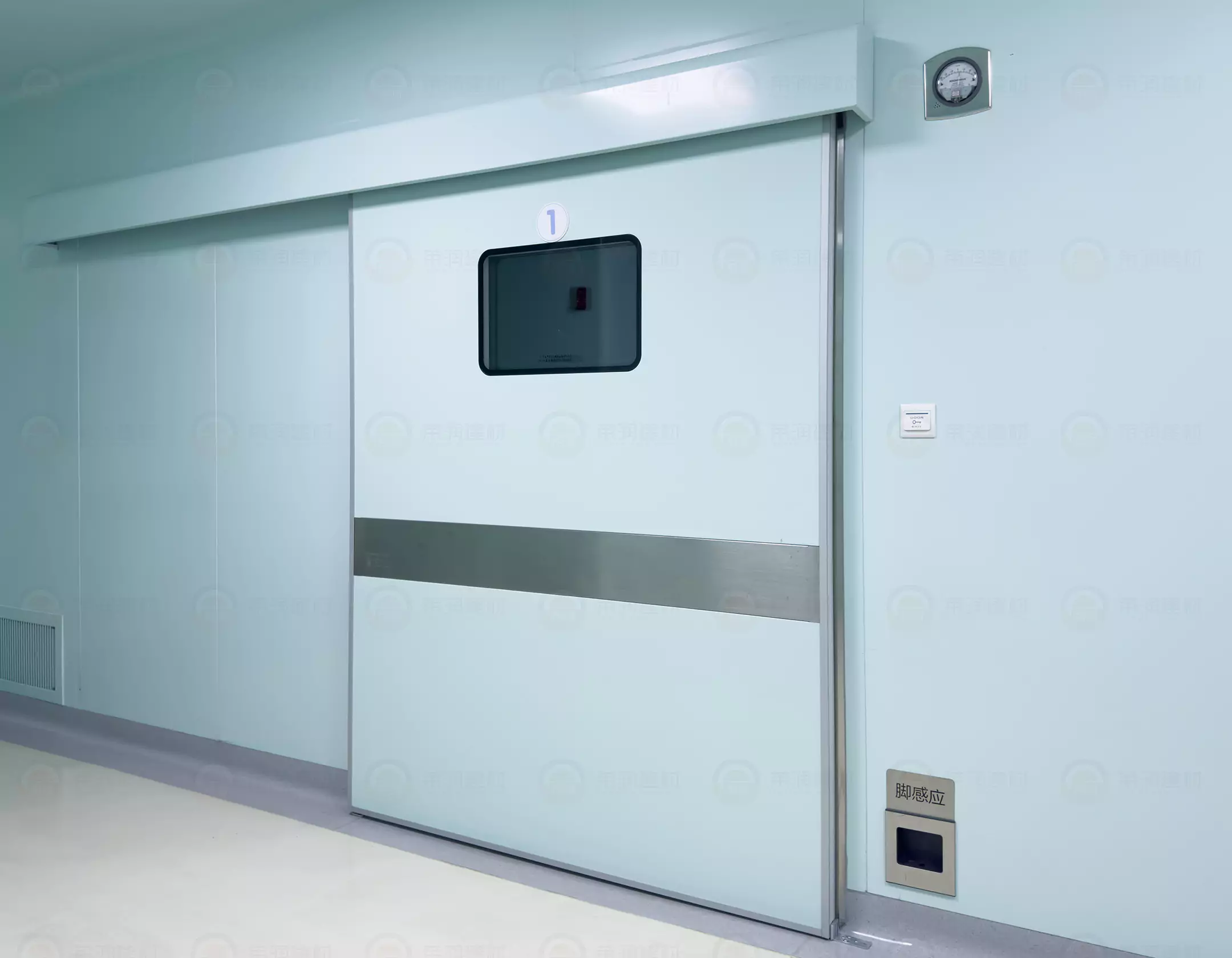Comparing the Three Types of Medical Cleanrooms: Applications and Benefits
Time : May 23, 2025 View : 2017
A medical cleanroom is a strictly regulated space that reduces contamination and maintains precise cleanliness levels. These areas are vital for healthcare, pharmaceutical, and research purposes. Sterility and accuracy are essential. Air is purified using HEPA or ULPA filters, eliminating tiny particles. Temperature, humidity, and pressure are tightly controlled. Surfaces use materials that resist microbes and are simple to disinfect. Examples include stainless steel or advanced panels.

Why Are Cleanrooms Vital in Healthcare?
Cleanrooms are crucial for infection prevention. They protect patients and medical staff, offer a sterile setting for surgeries, drug production, and lab tests, and manage airborne particles and germs. This lowers infection risks from procedures or contaminated drugs.
How Are Medical Cleanrooms Grouped?
Overview of the Three Categories
Medical cleanrooms are sorted by their purpose. They differ by required cleanliness levels:
- Type 1: Built for sterile processing and operating rooms.
- Type 2: Used in pharmaceutical and biotech labs.
- Type 3: Located in research and diagnostic centers.
Key Differences Among Categories
The main difference is cleanliness standards (ISO classifications). Each has unique requirements. Type 1 demands top sterility. It involves direct patient contact during surgeries. Type 2 ensures safe drug production conditions. It meets strict regulations. Type 3 emphasizes precision for research. It safeguards sample integrity.
How Are These Categories Applied?
Type 1: Sterile Processing and Operating Rooms
Common Hospital Uses
These cleanrooms are essential in hospitals. They sterilize tools. They prepare surgical gear. They host operations. They keep equipment free of contaminants during procedures.
Role in Infection Prevention
They maintain a highly clean environment. This reduces post-surgery infection rates. It protects patient health.
Type 2: Pharmaceutical and Biotech Labs
Aiding Drug Development
These cleanrooms support medication production. They provide a contaminant-free space. This ensures drug safety and effectiveness.
Meeting Regulatory Standards
Pharmaceutical cleanrooms comply with strict rules like GMP (Good Manufacturing Practices). This guarantees consistent, safe products.
Type 3: Research and Diagnostic Centers
Improving Test Accuracy
Clean settings are critical for precise diagnostic tests. Minor contamination can cause errors.
Supporting Advanced Studies
These facilities enable cutting-edge research. They remove external factors that could skew results.
What Are the Benefits of Medical Cleanrooms?
Enhancing Patient Safety
Cleanrooms improve patient outcomes. They minimize infection risks during surgeries or drug delivery.
Driving Healthcare Innovation
They provide accurate research conditions. This fosters advances in treatments and technologies.
Ensuring Regulatory Compliance
Medical cleanrooms follow global standards like ISO classifications. This ensures compatibility for products developed within them.
If you seek high-quality materials for medical cleanroom construction, explore this advanced solution. It includes features like fire resistance, thermal insulation, antibacterial properties, and customization to meet strict industry demands.
Recommendations for Effective Cleanroom Solutions
How to Pick the Right Cleanroom for Specific Uses?
Selecting the right cleanroom is key. It ensures efficiency and effectiveness. The choice depends on cleanliness standards (ISO classifications). It also considers purpose and environmental factors. For example, pharmaceutical cleanrooms require ISO Class 5 or lower. This maintains sterility. Electronics cleanrooms may prioritize static control.
Materials are crucial. Panels should resist fire and germs. They should insulate well. Magnesium oxysulfide panels are durable. They are eco-friendly. They suit various industries. For instance, tongue-and-groove panels simplify installation. They reduce labor costs by 50%.
What Makes LAIRUN Stand Out in Medical Cleanroom Solutions?
Features for Hospital Applications
Medical-grade cleanrooms need precise engineering. They must meet strict healthcare regulations. LAIRUN’s handmade rock wool purification panels excel. They offer excellent fireproofing (Class A). They provide sound and thermal insulation. These panels are robust. They are easy to clean. This ensures a sterile setting for surgeries and critical tasks.
LAIRUN also provides magnesium sulfate panels. These use unique formulas. They prevent moisture absorption and cracking. They are ideal for hospitals where humidity control is vital.

Customizable Options for Diverse Needs
Customization is essential for cleanroom solutions. Options include panel thicknesses from 50mm to 100mm. Core materials vary, like glass, magnesium or rock wool. You can design a space to meet specific needs. Pre-embedded conduits or precise equipment openings ensure smooth integration.
LAIRUN’s automated production lines ensure consistent quality. This delivers reliable solutions for tight deadlines.
The Future of Medical Cleanrooms
What Are the Emerging Trends in Cleanroom Technology?
The medical field sees rapid progress in cleanroom technology. These aim to improve efficiency and sustainability. Innovations include:
- Advanced Filtration: HEPA filters with real-time monitoring maintain air quality.
- Eco-Friendly Materials: Recyclable or low-emission panels support sustainable construction.
- Modular Designs: Prefabricated cleanrooms speed up installation. They uphold high cleanliness standards.
Magnesium oxysulfide panels are a major step forward. They offer superior thermal insulation. They resist fire. They align with environmental goals.
How Is LAIRUN Innovating for Future Challenges?
LAIRUN invests heavily in R&D. They create solutions for industry challenges like durability and compliance. Their patented magnesium oxysulfide core material is innovative. It eliminates moisture issues. It boosts performance.
With an annual production capacity exceeding 400 million RMB, LAIRUN ensures scalability. They maintain quality. This positions them as a leader in sustainable, efficient cleanroom solutions globally.
FAQs
Q1. What should I consider when choosing materials for a medical cleanroom?
A: Focus on fire resistance (Class A), thermal insulation, and antibacterial properties. Ensure compliance with ISO classifications. Customizable options meet specific needs.
Q2. How do modular cleanrooms benefit healthcare facilities?
A: They cut installation time and costs. They maintain high cleanliness standards. They offer flexibility for future changes.
Q3. Why are magnesium oxysulfide panels preferred in modern cleanrooms?
A: They provide excellent insulation and fire resistance. They avoid moisture issues. They are environmentally friendly.
Q4. How does this solution ensure global compatibility?
A: It adheres to international standards like ISO classifications. It offers customizable features. This supports diverse applications while meeting regulations.






